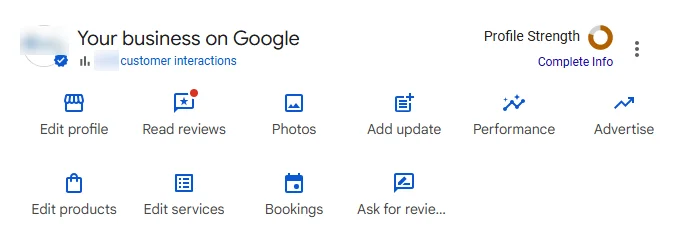“Find your niche!” is popular advice for people who own or want to start a business. You have to find your audience; the more specific, the better! But is that true? Should you only talk to the same group of people, or is there merit to making your content globally relatable?
What is globally relatable content?
Creating global content means everyone can understand it. No matter where they live or who they are. The homepage of your website is a good example, since it’s meant to convey to everyone who visits your site what type of business you are. As a result, global content is usually written in English.
The SEO benefit of global content is obviously the larger reach. Most people use English keywords, so if you optimize for those, you’ll be able to reach more people. Then, if your content is good and people find what they’re looking for, your rankings will also improve.
A side note about local content
The opposite of global content is local content. This type of content is more niche. It’s catered to a specific audience, which also means it can be in any language. A good example of businesses who benefit from and almost exclusively use local content are local businesses. For example, the hairdressers on the corner and the Italian place a few blocks away.
These local businesses probably benefit the most from local content. It wouldn’t make sense for them to create a lot of (if any) global content, and that’s totally fine. If you google Donuts Nijmegen, you don’t need the donut place to have global content. You just need that sweet, sugary donut.
People expect personalized content
… is what you might say to argue that content shouldn’t be globally relatable. And you’re right. But personalization doesn’t mean ‘only people in the Netherlands use SEO to optimize their site’. There’s no gender or race restriction on SEO optimization. The only requirement: a website, and a desire to rank high in search engines.
What if Yoast were to only address Dutch people? We’d be alienating so many people who would benefit from our product. And that’s a shame! Since our motto is SEO for everyone, our website is in English and our plugin is available in no less than 27 languages! This is also why we use people of every gender and color in our images. And of course, we’d be missing out on a lot of revenue.
There are always exceptions
Of course, there are businesses that cater specifically to a certain group of people. Still, you might be surprised who actually buys your product, uses your service, or reads your blog posts. For example, skincare products that help with acne are usually geared towards women, specifically white women, but a lot of men and non-binary people use them too.
Imagine if you actually featured these groups in your products and content. You’ll probably sell more! Because when people feel seen and spoken to, they’re more likely to buy. So, if you think your business only caters to one specific customer, you’re probably forgetting someone.
Globalization and social media
With the extreme popularity of social media, you also have to wonder if it’s even possible to only address one type of customer. Sure, language plays a role. But even that’s not black and white anymore. People travel, move to other countries, learn new languages. Your content probably reaches more people than you might think. So why wouldn’t you talk to them too?
One size doesn’t fit all
However, you shouldn’t only create globally relatable content. First, because it doesn’t exist. No two people are alike, so while you can strive to be as globally relatable as possible, you’ll never find the ultimate, globally relatable piece of content.
People from different cultures and backgrounds have different associations with certain words and imagery. A well-known example is the color white, which is associated with cleanliness and purity in western culture. But in some Asian countries, it’s the color of mourning. And there are more instances like this.
Don’t become a faceless brand
We also can’t ignore the other reason why creating only globally relatable content is a bad idea: it makes for some pretty bland content. If you try to appeal to everyone (especially in written content), you can’t rely on cultural context. And you have to wonder if that’s even possible when you too have participated and grown up in a culture, so your cultural context will color everything you do.
Globally relatable content can’t be contemporary either, because referencing an event that happened in the US, for example, isn’t necessarily relevant for people in other parts of the world.
In other words: bland content won’t make your business stand out from the crowd. If all you create is globally relatable content, then you will be snowed under by brands with more personality.
A happy medium
As is true for most things in life, it’s all about balance. Creating content for your perfect customer is possible but also silly, because your content will most likely be seen and used by other people. People who might benefit from or are interested in your business. Are you just going to ignore them? Or are you ready to participate in the global society we live in?
The post Should your content be globally relatable? appeared first on Yoast.


Recent Comments